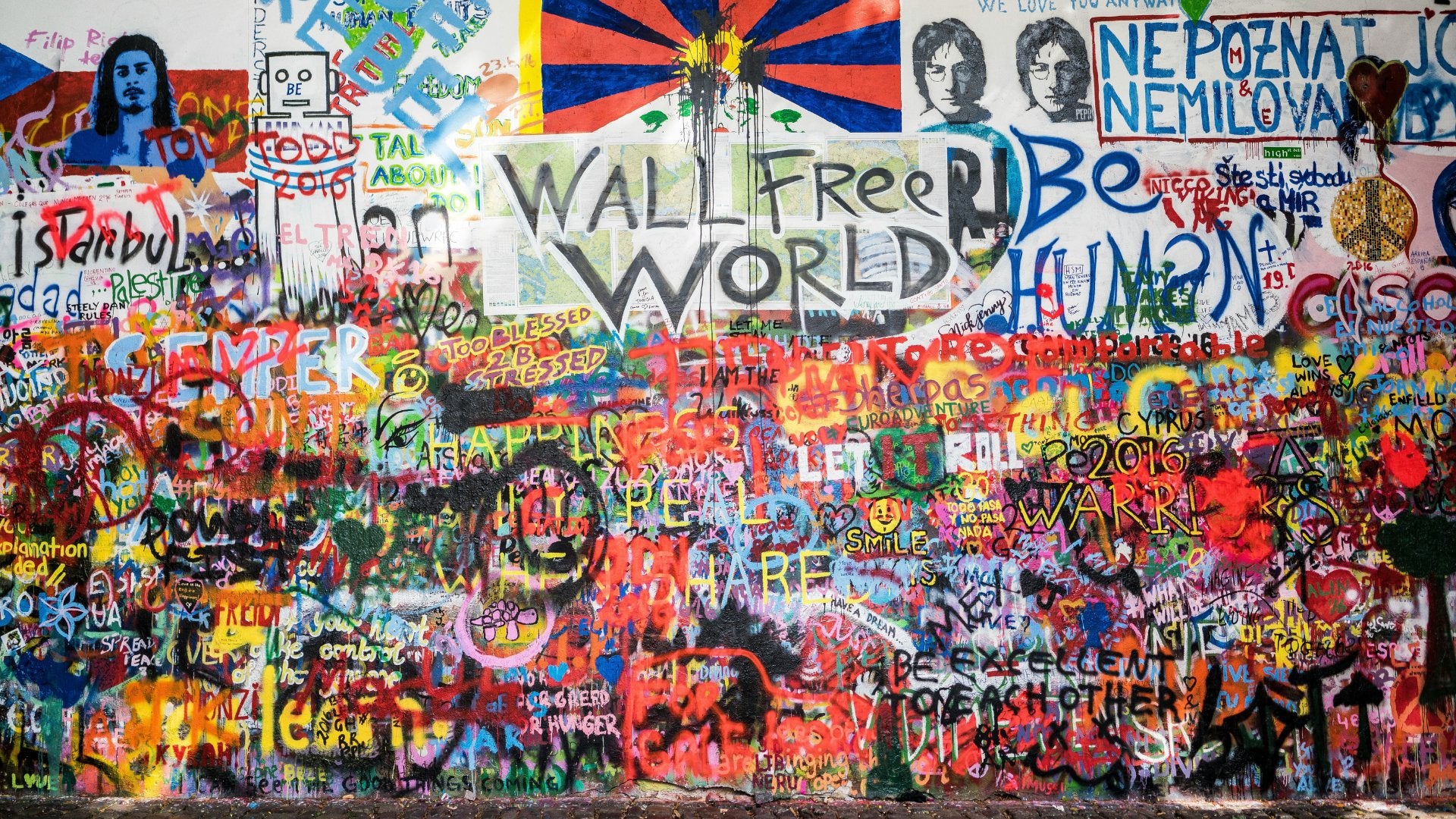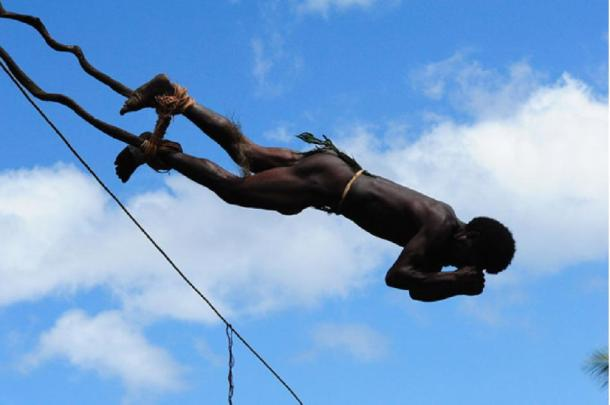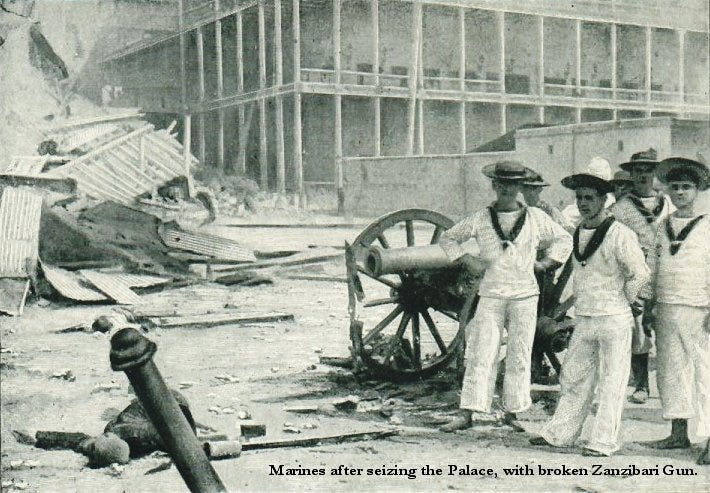Street art, once dismissed as urban vandalism, has evolved into a globally respected art form influencing modern aesthetics, political discourse, and even fine art markets. Emerging in the 1970s and 1980s from the subways of New York City, early street artists used graffiti and stenciling as a means of protest and expression in underrepresented communities. Names like Jean-Michel Basquiat and Keith Haring helped bring credibility to this underground movement, connecting it to broader cultural conversations.
Unlike traditional gallery-bound movements, street art thrives in public spaces, turning city walls into canvases that reach a broader audience. As technology and social media platforms exploded in the 2000s, artists such as Banksy and Shepard Fairey (creator of the iconic Obama “Hope” poster) leveraged global attention, making their work part of contemporary art history. Street art’s messages—often political, satirical, or socially conscious—give it a powerful edge in public discourse.
Today, cities like Berlin, São Paulo, and Melbourne are known for vibrant street art scenes. Museums now host exhibits on graffiti culture, and collectors bid high prices for works that were once considered illegal. The rise of street art as a respected artistic movement demonstrates how visual culture constantly evolves—challenging authority, beautifying public spaces, and giving voice to the marginalized.





